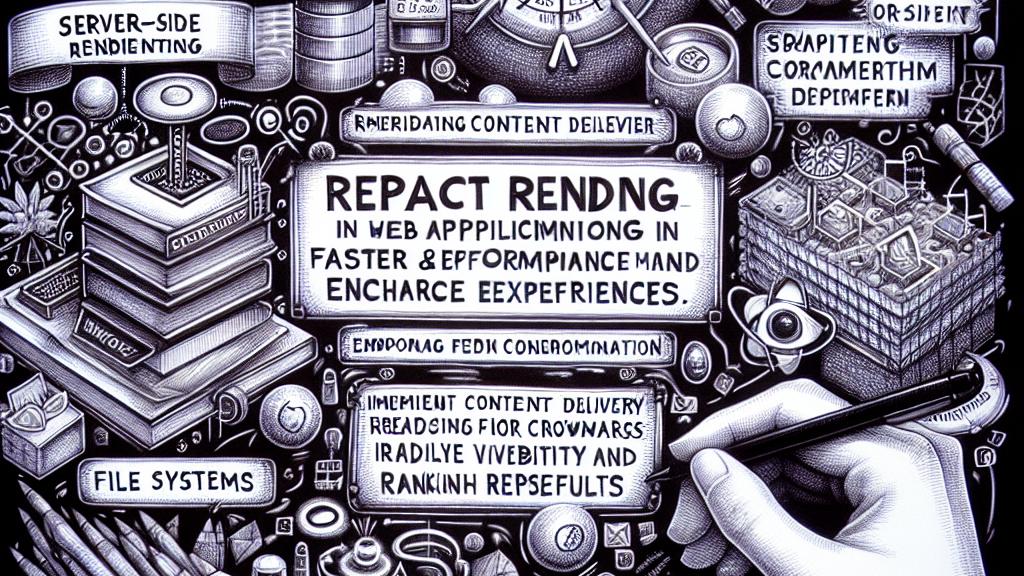Unveiling the Mysteries of React Server Components!
Overview
- In-depth look into React Server Components and their transformative features.
- Comprehensive comparison of RSC with traditional server-side rendering techniques.
- Thorough analysis of RSC’s impact on web development practices and the future of frontend engineering.

Understanding the Innovative Concept of Server-Side Rendering in React
React Server Components (RSC), introduced in August 2024 in Japan, revolutionize how web applications are constructed by enabling components to be rendered entirely on the server. This groundbreaking approach allows developers direct access to databases and file systems, enhancing not only performance but also the user experience. Unlike traditional single-page applications (SPAs) that often leave users waiting for JavaScript to load, RSC facilitates immediate content delivery, resulting in significantly faster load times. This improvement is particularly valuable for users on slower connections. Furthermore, RSC enhances search engine optimization (SEO) by serving fully rendered HTML pages to crawlers, ensuring that the content is readily indexed, thereby increasing the website’s visibility and ranking in search results.
Comparing RSC with Legacy Technologies: The Evolution of Web Development
While technologies such as ERB and Pug have provided methods for server-side rendering, React Server Components set a new standard by addressing common inefficiencies and complexities inherent in previous solutions. RSC integrates seamlessly within the React environment, moving beyond merely rendering HTML from the server to creating a dynamic interplay between server and client. This integration mitigates issues such as excessive JavaScript bundle sizes and cumbersome data-fetching processes, which have often bogged down application performance. Importantly, RSC is not just a reiteration of older technologies; it represents a significant leap forward that empowers developers to build versatile, responsive applications that are easier to manage and scale, ultimately shaping a better overall development experience.
Transforming Development Practices and Future Landscape with RSC
The introduction of React Server Components signifies a monumental shift in modern web development practices. Developers can now embed server-side operations directly into their frontend components, facilitating smoother workflows and enhanced productivity. This transformation encourages a re-evaluation of application architecture, emphasizing a balance between server capabilities and client interactivity. By prioritizing the performance of both environments, RSC allows for the creation of richly interactive applications that do not compromise on speed or usability. As a consequence, the potential for RSC to influence best practices in the industry is substantial, paving the way for future advancements in web technologies and setting a new benchmark for user experience that prioritizes efficiency and responsiveness.

Loading...